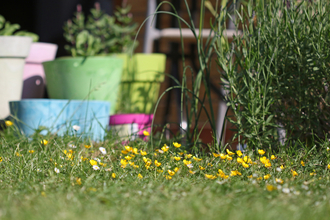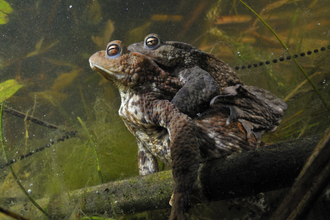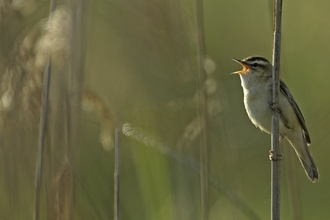My spirits have been lifted this spring as dandelions have sprung into life and, seemingly, not as many have been mown down as soon as they've lifted their heads. I know they can pop up where gardeners might not want them but these natural bright bursts of sunshine cheer me up no end.
Sunshine flowers
Dandelion by Wendy Carter
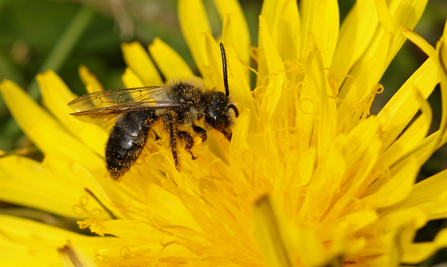
Ashy mining bee and dandelion by Wendy Carter
It's not just me that finds dandelions an important part of spring and summer; they're adored by insects for their nectar and pollen at a time of year or in locations where other flowers are few in number. When you consider that an estimates 41% of the UK's insects face extinction, you can see why dandelions have an important place in our gardens, countryside and urban greenspaces.
Did you know, though, that a dandelion isn't 'just' a dandelion. There are around 250 species of these hardy members of the sunflower family in the UK and Ireland alone. To you and me, they look pretty much the same and even taxonomists (following research by the late Worcestershire botanist Bert Reid) are known to argue about which species is which! Their bright yellow flowers can be mistaken for hawkweeds to look for the plentiful lobed leaves at the base of the stem (which are usually picked and fed to pet rabbits and guinea pigs). It's these lobed leaves that give the plant its name - 'dent de lion' in French is 'tooth of the lion', which refers to the jagged teeth of the leaves.
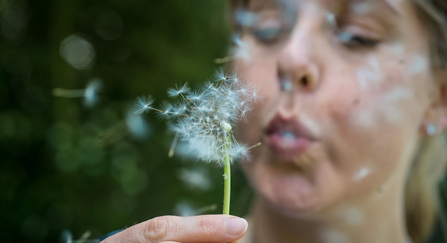
Blowing a dandelion clock by Matthew Roberts
Gardeners may not be keen on dandelions but dandelion clocks are loved by the young and the young-at-heart alike. Most of us have, at some point, blown the seeds to the wind, dispersing them far and wide. Once the dandelion has flowered, the plant turns the flowers to seeds, which appear as tactile puffballs just sitting there waiting for the wind (or an eager person aiming to blow all the seeds in one go and make a wish). The seeds are attached to the head of the dandelion at one end with a thin stem that is attached to 'hairs' at the other; the hairy structure is known as a pappus and helps the seeds to be carried on the wind to pastures new. This is a very successful method of ensuring the next generation of plants forges ahead in new territories.
It's this ability to spread themselves far and wide, combined with tap roots that can be hard to pull from the ground, that gives them a 'weedy' reputation with gardeners. Throughout history, however, we've been making use of their flowers, leaves and roots for food, medicine and dye. They're such a familiar part of our lives that there are all sorts of folklore and superstitions surrounding them (some of which may appear contradictory)...
- Let's return to the blowing of the seeds, for example. Blowing them all off in one go will grant you a wish, it will carry your thoughts to a loved one or it will tell you that the person you love loves you back.
- The number of seeds left behind when you blow is an indication of how many children you will have or perhaps they're the number of years you have left to live.
- It's known as a dandelion clock because it takes you as many blows to remove all the seeds as it is the hour of the day (it's a lot of puff to get to 11am).
- They've been used as barometers to predict the weather; in good weather the clock is a full ball but if rain is on the way, they fold like an umbrella and remain tightly closed. If the weather is showery, they know to keep closed rather than constantly opening and closing.
- They'll make you wet the bed if you get too close or if you touch one late in the day. They are actually a diuretic, and apothecaries once prescribed them to purify livers and kidneys, but you need to do more than sit next to one!
- Sap from the stems has been used to soothe warts, bee stings and blisters.
Whilst you can be the judge of the many superstitions about dandelions, one thing that's certain is that they're (thankfully) here to stay.
If you've pulled them up, mown them down and despair at their tenacity perhaps it's time to learn to love these bright sunshiney flowers.
No Mow May is on our doorstep and unmown patches of lawn can be fantastic for all kinds of wildlife so put the mower, the shears and the trowel away, sit down, put your feet up and admire the colours of nature.


